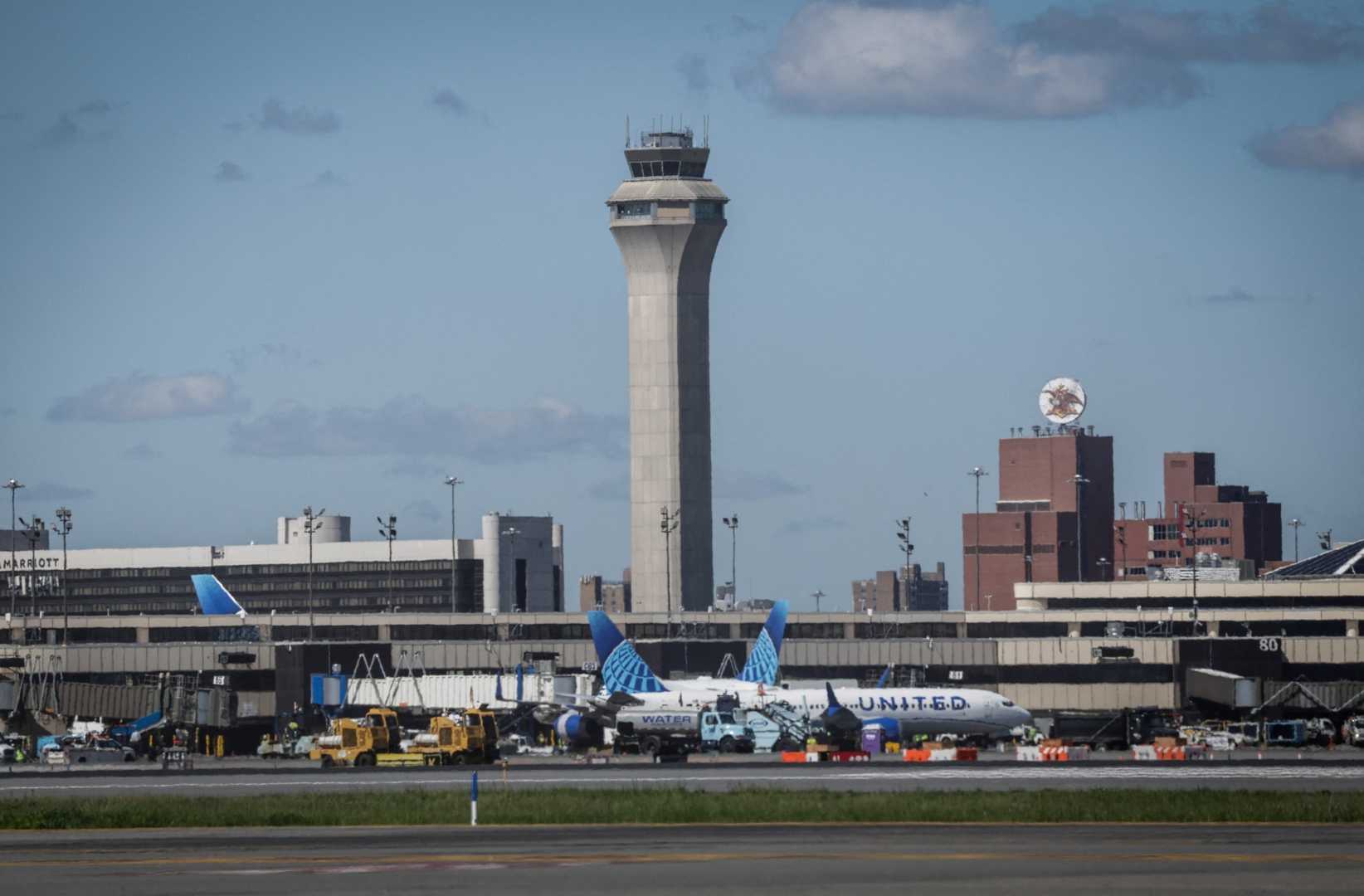News
Concerns Rise Over Newark Airport’s Air Traffic Control Problems

NEWARK, N.J. — Safety concerns have surged at Newark Liberty International Airport due to equipment outages at the Philadelphia-based air traffic control center responsible for managing flights in and out of the busy airport. Over the past two weeks, the Federal Aviation Administration (FAA) reported two significant outages, prompting a ground stop for incoming flights on May 9.
On that Sunday morning, the FAA implemented the halt for about 45 minutes after a telecommunications issue disrupted communication for controllers at the Philadelphia Terminal Radar Approach Control (TRACON). Officials stated that a backup system was activated to assist traffic management.
The recent outages follow a troubling incident on April 28 when a similar failure led to more than 1,000 flight cancellations due to communications loss and forced five controllers to take trauma leave. This reduced the already limited staffing at the Philadelphia facility, which currently has 22 fully certified controllers and five supervisors, but has a target of 38 controllers.
“There is a nationwide shortage of air traffic controllers, and the FAA has struggled to meet staffing goals for Newark airspace,” a spokesperson from the agency stated.
Chris Rocheleau, acting FAA Administrator, assured reporters that flying into Newark remains safe, saying, “I can tell you, uncategorically, that the travel into Newark today is safe.” However, controllers voiced concern, describing the communication losses as “the most dangerous situation you could have.” An anonymous Newark approach controller likened the situation to “playing Russian roulette.”
Scott Kirby, CEO of United Airlines, emphasized the safety of Newark operations, stating, “I flew into Newark. It is and always will be, absolutely safe.” He noted that the airline has been proactive in safety measures and believes that the professionals at the airport work hard to maintain security for travelers.
Despite these assurances, aviation experts worry about the implications of ongoing issues at Newark. “Statistically speaking, you’re safer in your flight than you were driving in your car,” said Anthony Brickhouse, an aviation safety expert. However, incidents earlier this year, including a midair collision and several near-misses, have turned public attention to the need for improved aviation safety.
In light of the staffing shortage, the FAA plans to limit the number of flights at Newark to ensure safety. Currently, the airport can only handle between 24 to 28 arrivals and departures per hour, a decrease from the usual number. Transportation Secretary Sean Duffy has promised to address these challenges through technology upgrades and additional hiring, aiming for a safer air travel experience.
The FAA confirmed ongoing efforts to modernize communications systems and training, including the installation of new fiber-optic lines at major airports in New York, but many challenges remain. Duffy remarked, “We are going to fix Newark,” expressing commitment to improving the nation’s air traffic control infrastructure.












